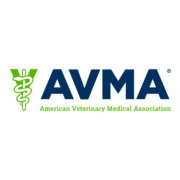A Quick Guide to Canine First Aid
A Quick Guide to Canine First Aid helps pet owners respond confidently to emergencies. From choking and minor injuries to assembling a well-stocked first aid kit, this guide offers practical tips to keep your dog safe and provide immediate care until veterinary help is available.

There is no doubt that dogs are a part of our families. Unlike humans, however, they cannot tell us when something is wrong. This makes it especially important for owners to recognize signs of illness or injury and be prepared to provide basic first aid or emergency care. In the event of an accident or emergency, the most important step is to stay calm. Dogs pick up on human emotions, and if you panic, they are more likely to become anxious or reactive. Once calm, begin an initial assessment by checking vital signs and overall behavior.
- Respiratory rate: A normal rate is 10–35 breaths per minute. To measure, watch the chest rise and fall for 15 seconds, then multiply by four.
- Heart rate: Place your left hand on the chest just behind the left armpit; count beats for 15 seconds and multiply by four. A normal heart rate ranges from 60–140 beats per minute, depending on the dog’s size and age.
- Temperature: Using a digital thermometer with a small amount of petroleum jelly, take a rectal reading. A healthy temperature is 101–102.5°F (38–39°C).
- Gum color: Healthy gums should be pink. White, yellow, blue, or bright red gums are a sign of an emergency, and immediate veterinary care is required.
After gathering this information, whether for your own dog or one you’ve found, contact a veterinarian as soon as possible. Quick, calm action paired with accurate details can make all the difference in ensuring the best outcome.
Kits
A well-prepared pet first aid kit is an essential part of responsible dog ownership. While many ready-made kits are available for purchase, assembling your own allows you to tailor it to your pet’s specific needs. Having these supplies on hand ensures you can respond quickly to minor injuries, manage emergencies, and provide initial care while seeking professional veterinary help.
Consider including basic tools such as gloves, tweezers, and antiseptics, as well as items for wound care, medication administration, and minor emergencies. Optional items like Benadryl, a muzzle, or your pet’s medical records can further enhance your readiness, giving you peace of mind in everyday situations or unexpected crises.
Recommended Items:
- Disposable gloves
- Scissors
- Tweezers
- Tick remover (tick hook)
- Rectal thermometer
- Towel
- Petroleum jelly (for thermometer use)
- Antiseptic wipes or solution (pet-safe)
- Syringe or eyedropper (for administering fluids or medication)
- Cotton balls or pads
- Saline solution (for flushing eyes or wounds)
- Gauze (pads and rolls)
- Adhesive tape
- Self-adhering bandage wrap (e.g., Vet Wrap or Coban)
- Hydrogen peroxide (3%) can be used to induce vomiting only under veterinary instruction
Optional Items to Consider:
- Aspirin (only under veterinary guidance, never give ibuprofen or acetaminophen, which are toxic to dogs)
- Diphenhydramine (Benadryl) 25 mg – for allergic reactions; consult your veterinarian for the correct dosage based on your dog’s weight
- List of important phone numbers (veterinarian, emergency vet, poison control)
- Your pet’s medical records
- Muzzle (to prevent biting if a pet is in pain or frightened)
- Small amount of emergency dog food (for evacuations)
- Elizabethan collar (cone) to prevent licking or chewing wounds
Poisoning & Ingested Hazards
Dogs are naturally curious, and sometimes they get into things they shouldn’t. If your dog eats a food, plant, or medication (and you know it is toxic or are unsure), call a pet poison control hotline immediately. A quick online search will bring up the one for your area. Follow their instructions carefully, and inform your veterinarian as soon as possible in case there are lasting effects.
Common signs of poisoning include:
- Vomiting
- Diarrhea
- Weakness or lethargy
- Pale gums
- Difficulty breathing
- Excessive drooling
- Blood in vomit, stool, or urine
- Excessive thirst
- Loss of appetite
Plants toxic to dogs:
- Aloe vera
- Oleander
- Foxglove
- American holly
- Chrysanthemums
- Azalea
- Sago palm
- Iris
- Daffodil
- Tulip
Foods toxic to dogs:
- Chocolate (especially dark and baking chocolate)
- Grapes and raisins
- Onions, garlic, chives, and leeks
- Avocado
- Macadamia nuts
- Alcohol
- Xylitol (an artificial sweetener often found in gum, candy, and peanut butter)
- Caffeinated drinks (coffee, tea, energy drinks)
- Raw bread dough (yeast fermentation produces toxic alcohol in the stomach)
- Fatty or fried foods (can trigger pancreatitis)
If your dog ingests a non-food item such as a sock, towel, toy, or similar object, it can cause one of two emergencies: choking or a blockage in the stomach or intestines. In either case, contact your veterinarian immediately.
What To Do If Your Dog is Choking
If your dog is choking, start by gently opening the mouth and pulling the tongue forward to get a clear view of the airway. If you can see the object and it is safely within reach, carefully remove it using tweezers or pliers. Never blindly insert your fingers into the throat, as this can push the obstruction further down. If the object is out of reach and your dog is having trouble breathing, be prepared to perform the Heimlich maneuver to dislodge it while seeking veterinary assistance.
- Open the mouth and pull the tongue forward.
- If you see the object and it is within reach, carefully remove it with tweezers.
- Do not stick your fingers down the throat, this can push the object deeper.
- If the object cannot be reached and your dog is struggling to breathe, perform the Heimlich maneuver.
How To Perform The Heimlich Maneuver For Dogs
The Heimlich maneuver can save a choking dog’s life, but the technique varies by size. For large dogs, have them stand on all fours, wrap your arms around their abdomen, locate the soft spot just below the ribcage, and thrust upward and inward 2–3 times.
For small dogs, lay them on their back and apply firm, quick pressure 4–5 times to the same area. After each attempt, check the mouth for the object and repeat if necessary. Even if the obstruction is cleared, a veterinarian should examine your dog to ensure there are no injuries, internal blockages, or irritation to the throat.
- For large dogs:
- Stand your dog on all fours.
- Wrap your arms around their abdomen with your hands joined together.
- Find the soft, hollow spot just below the ribcage.
- Thrust upward and inward 2–3 times.
- Check the mouth for the object and repeat if needed.
- For small dogs:
- Lay your dog on their back.
- Find the soft, hollow area beneath the ribcage.
- Apply firm, quick pressure 4–5 times.
- Check the mouth for the object and repeat if needed.
Even if you can remove the object, your dog should still be examined by a veterinarian, since throat irritation, injury, or internal blockages may still be present.
Wound & Fracture Care
Minor cuts and scrapes are bound to happen, whether with an active puppy or an older, more fragile dog. Most of these injuries are not serious if cared for properly.
Minor wounds (scrapes, small cuts)
- Clip hair around the injury to prevent contamination.
- Control bleeding by applying gentle pressure with a clean gauze pad.
- Clean the wound with saline solution to flush out dirt and debris.
- Apply a pet-safe antiseptic ointment or wipe.
- If needed, cover with gauze and secure with a self-adhering bandage wrap.
More severe wounds (bite wounds, deep cuts)
- Follow the same steps above, but always wear disposable gloves when dealing with bite wounds to reduce the risk of infection.
- If another dog or animal was involved, try to obtain their vaccination records (especially rabies) from the owner, if possible.
- Contact your veterinarian promptly, even if sutures are not required, since bite wounds are prone to infection and often require antibiotics.
- For deep wounds or those with heavy bleeding, your dog may need sutures or emergency treatment.
Tip: Never use hydrogen peroxide or alcohol directly on large or deep wounds, as these can damage healing tissue. Stick to saline and pet-safe antiseptics.
Fractures (broken bones) are one of the scariest injuries a dog can experience. If you suspect a fracture, contact your veterinarian immediately. Fractures require professional treatment, and immediate care is vital to prevent further injury.
Signs of a possible fracture:
- Limping or refusal to bear weight on a limb
- Swelling or bruising around the injured area
- Abnormal angle or position of the limb
- Audible cracking sound at the time of injury
- Crying, whining, or sudden aggression due to pain
- Inability or refusal to move
What to do before reaching the vet:
- Minimize movement – Keep your dog as calm and still as possible. Movement can worsen the injury.
- Muzzle if necessary – Dogs in severe pain may bite, even their owners.
- Splinting (only if safe to do so) – If you are trained or able:
- Use a rigid object such as a stick, pipe, or stiff board.
- Gently place it along the injured limb.
- Wrap with gauze or a self-adhering bandage to hold it in place.
- Secure with tape if needed.
- Transport carefully – Use a stretcher, board, or blanket to carry your dog, especially for large breeds or if multiple limbs are injured.
Important: Do not attempt to realign the bone or push it back into place. If splinting causes more pain, stop and wait for veterinary assistance.
Hypothermia & Overheating
Both hypothermia and heatstroke can be life-threatening if not treated quickly. Immediate action is essential, and in moderate to severe cases, you should seek veterinary care right away.
Hypothermia occurs when a dog’s body temperature drops below 98°F (36.6°C). In response, blood vessels narrow to preserve blood flow to vital organs like the brain and heart.
Signs of hypothermia include:
- Shivering
- Stiffness or weakness
- Cool skin and extremities
- Lethargy or difficulty moving
- Pale gums
- Dilated pupils
What to do:
- Move your dog indoors to a warm, dry place.
- Wrap them in blankets or towels.
- Place warm (not hot) water bottles or heating pads around them, wrapped in a towel to prevent burns.
- Do not use direct heat sources (like a hair dryer or heating pad on high), as this can cause shock.
- Monitor their temperature and get to a veterinarian if symptoms are moderate to severe.
In the opposite case of hypothermia, if a dog’s temperature rises above 103°F (39.4°C), they may be developing heatstroke. This is a medical emergency that can become fatal if not treated quickly.
Signs of heatstroke include:
- Collapse or weakness
- Confusion or disorientation
- Dehydration (sticky gums, sunken eyes)
- Excessive drooling or panting
- Rapid heart rate
- Vomiting or diarrhea
- Seizures
- Bright red gums and tongue
What to do:
- Move your dog to a cool, shaded area.
- Apply cool (not cold) water to the body, especially the paws, groin, and belly.
- If possible, place a fan nearby to help with cooling. If no fan is available, create air movement by waving a book or towel.
- Offer small amounts of cool water to drink.
- Monitor their temperature closely.
- Seek veterinary care immediately if symptoms are moderate to severe, or if your dog does not improve quickly.
Classes & Resources
Pet owners should be prepared for anything, as emergencies can happen in the blink of an eye. In these moments, it is vital to keep your pet safe and calm while taking the necessary steps to address the situation.
For those who want to learn more, the Red Cross offers a pet first aid class that covers essential skills for handling common emergencies: Red Cross Cat & Dog First Aid Class. In addition to formal classes, there are many excellent books and free online resources available. Your veterinarian and their staff are also valuable sources of information and will be more than happy to answer questions or guide you on best practices for keeping your pet safe.
Further Reading
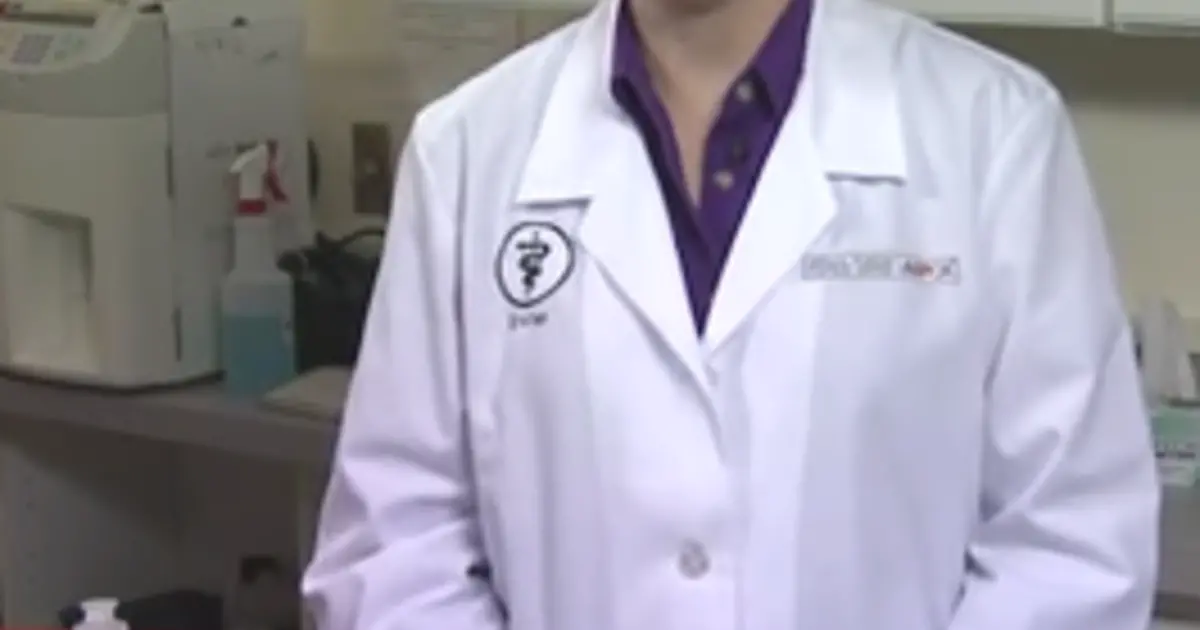
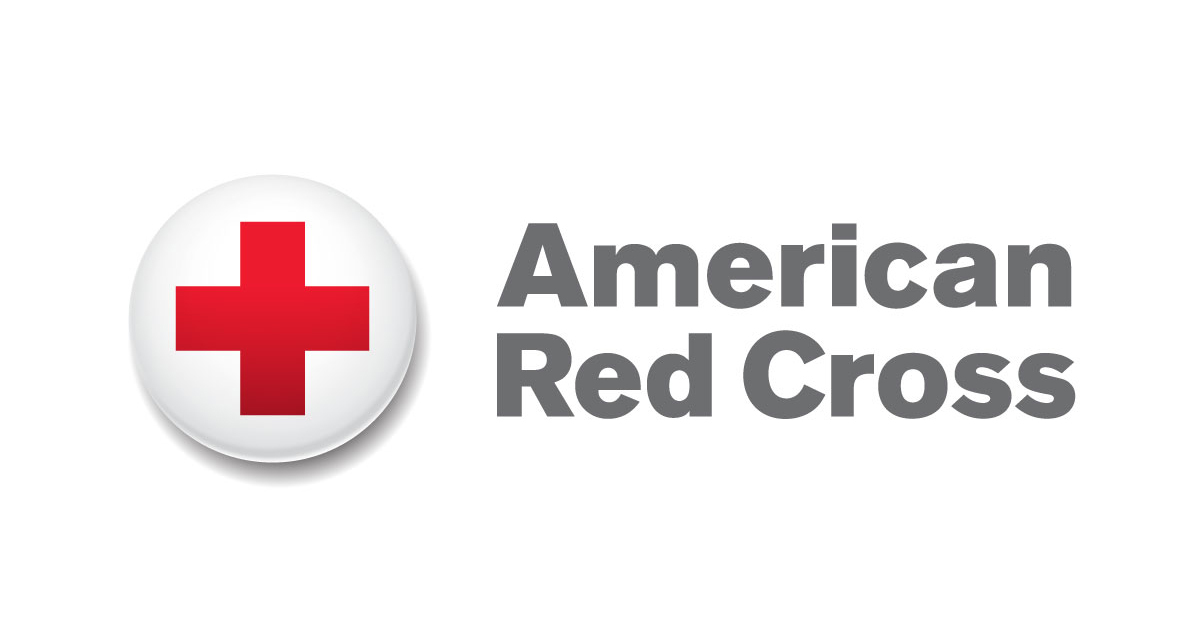
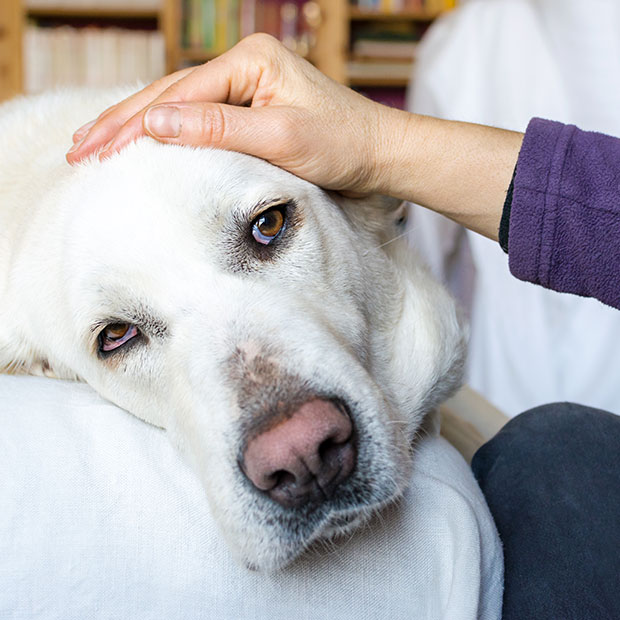

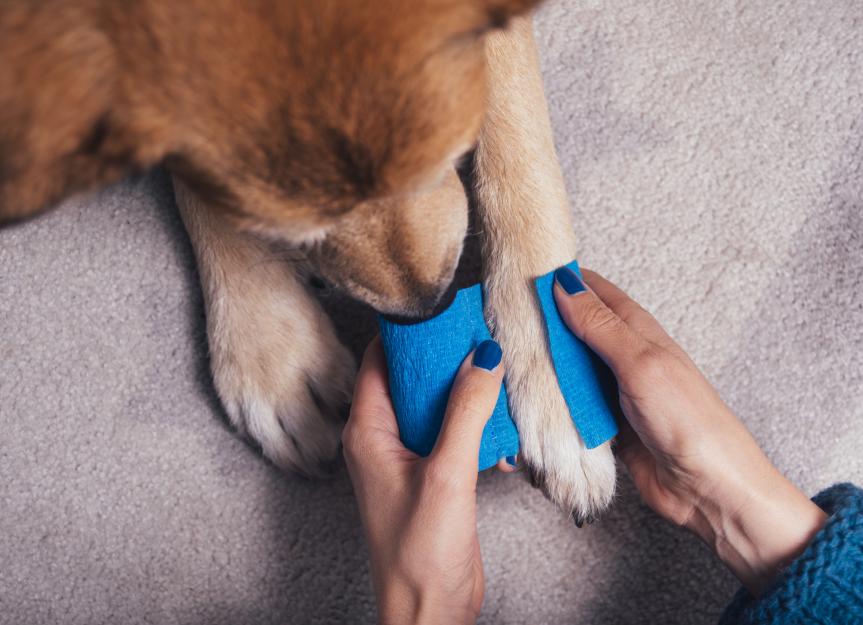

For more Roch dog guides, click here!




